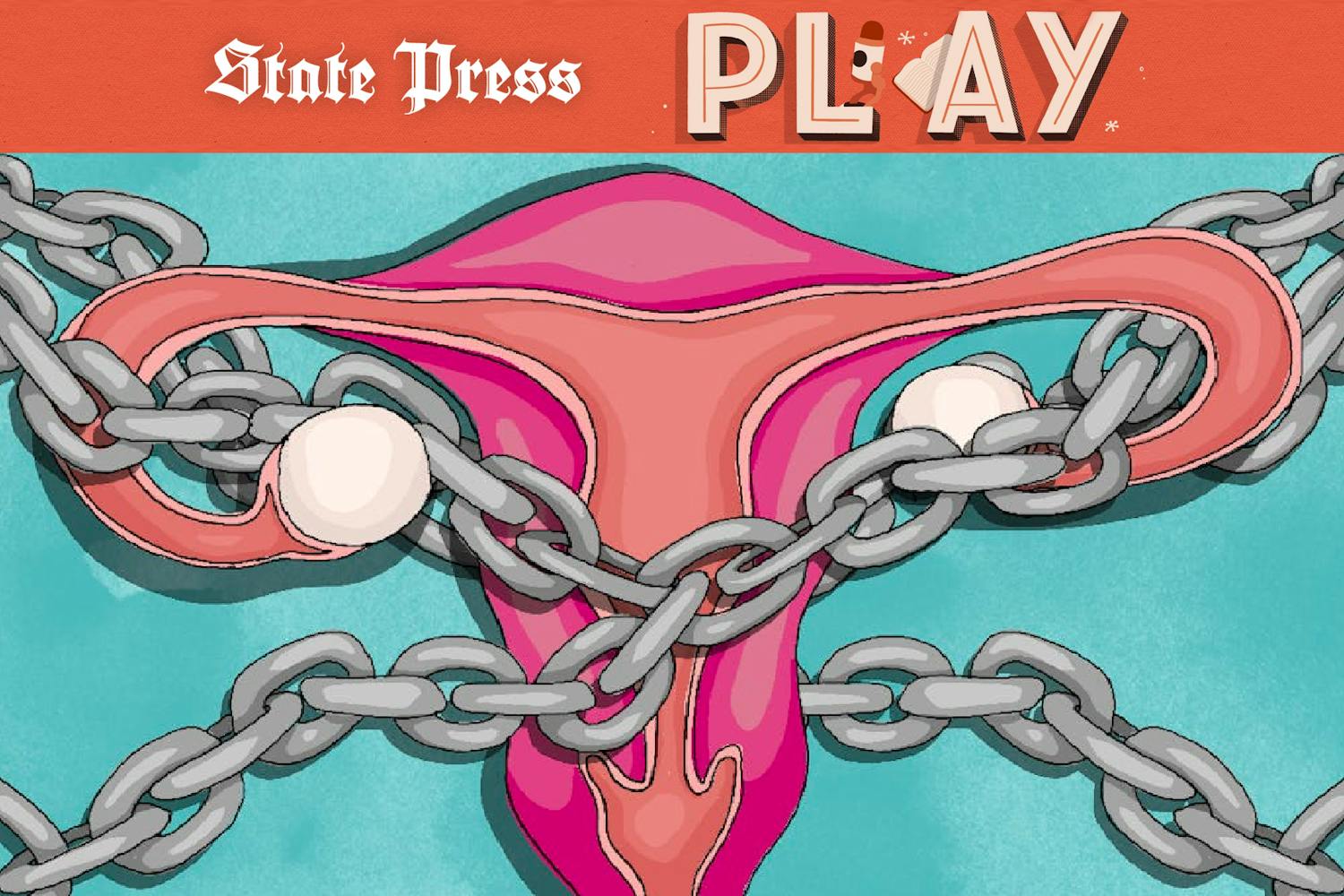There’s a sad truth that’s becoming apparent to me as I hear more and more about George Lucas’ most recent blockbuster, “Red Tails.”
From the beginning, there were disturbing reports that Lucas was finding it almost impossible to get funding because there was major studio hesitancy to back an all-black cast for a major motion picture.
As I dove into the question of race and Hollywood, I realized that there is still repulsive whitewashing going on in the films we love.
In a Jan. 17 interview with The New York Times, Lucas tells the story of how certain studio executives decided to not distribute the film before they even watched a screening of it — demonstrating that even a man as talented and prolific as the director of both the Star Wars and Indiana Jones franchises can’t get Hollywood studios to consider a film that features no white leads.
The problem runs deeper. It isn’t just refusing to have faith in a film about black people. There are dozens of recurring stereotypes and prejudices present in mainstream Hollywood.
Consider this: In 2005, Will Smith told U.K. magazine Female First that the studio producing “Hitch” didn’t cast Cameron Diaz as the female lead — opting instead for Eva Mendes —out of the fear that showing a black man and a white woman together without race relations would be the focus of the film.
I tried to think of a movie that didn’t make a big deal out of a black man and a white woman having a relationship, and I came up with nothing. These films probably do exist, but they’re definitely hard to come by.
So what’s the deal with this? Rodolfo Mendoza-Denton wrote in Psychology Today, “The truth is that people make movies, act in movies and pay to see movies that are of interest to them, and which connect in some meaningful way to their life experiences.”
And what seems to be happening in Hollywood is that the people creating the experiences — namely, the writers, directors and producers — are people who identify so much more with the “white” experience that there is little room left for authentic, engaging works about the non-white experience. As philosopher Cornel West noted, even films like “Precious” and “The Blind Side” are reliant upon a certain marginalization of black people through victimization and violence in the former and the missionary, force of salvation of white people in the latter.
So what do we do about it? Boycott films that don’t feature minorities as lead performers? Enact some sort of affirmative action policy for the Oscars? Maybe. But what really needs to happen, far more than these gestures, is a conscious effort to encourage the arts — screenplay writing, drama club participation, film classes — to those students who are so painfully underrepresented in the world of mainstream film.
With a commitment to tapping in to the versatility of the American experience, we’ll not only have a more diverse selection of films in our theaters, but we’ll also have a far more powerful selection — the type of films you want to stand in line for.
Reach the columnist at alesha.rimmelin@asu.edu
Click here to subscribe to the daily State Press newsletter.



